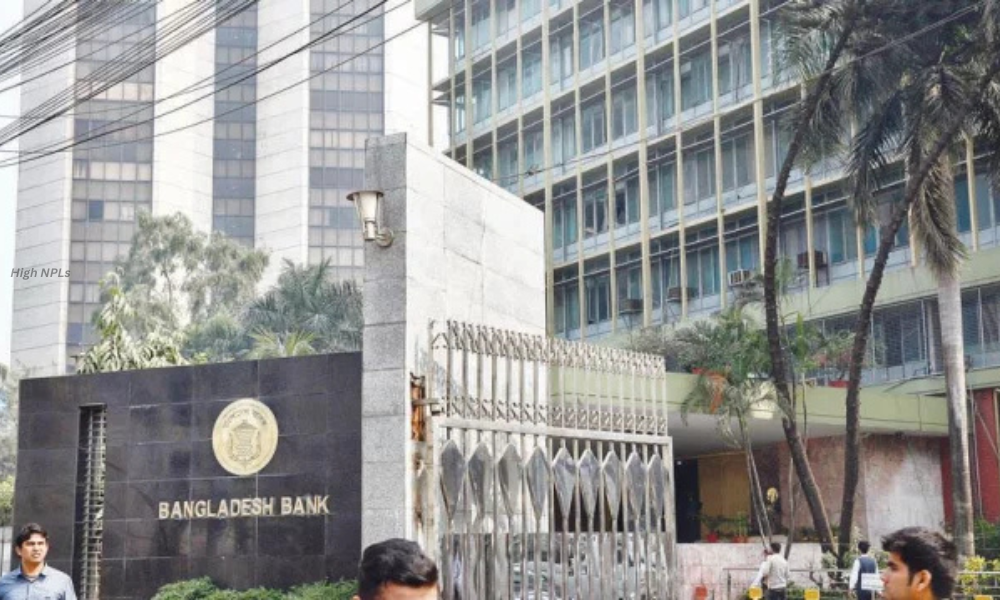Banks with High NPLs Face 2025 Dividend Ban: What It Means

Banks are important players in every country’s economy. They help individuals and businesses grow by offering loans, saving accounts, and financial services. But when banks lend money and don’t get it back, they face serious financial risks. In 2025, a new regulation will affect banks with high NPLs (Non-Performing Loans) by banning them from paying dividends. This article explains what NPLs are, why this ban is being introduced, and what it means for banks and investors.
Table of Contents
Understanding NPLs (Non-Performing Loans)
high NPLs, or Non-Performing Loans, are loans where the borrower has not made the scheduled payments either principal or interest for a certain period, usually 90 days or more. These loans are considered bad debts because there’s a high risk the bank won’t recover the money.
- Here’s why high NPLs are a problem:
- They reduce the bank’s income.
- They increase risk of financial losses.
- They reduce trust among investors and depositors.
- They can affect the entire economy, especially in times of crisis.
When banks have too many NPLs, their financial health is at risk. Regulators watch high NPLs ratios closely to judge how safely a bank is operating.
New Regulation for 2025
In 2025, financial regulators especially in Europe and other global markets are planning to ban dividend payments by banks with high NPL ratios. This means:
- If a bank has a large number of bad loans, it will not be allowed to give dividends to shareholders.
- The regulation is aimed at ensuring banks strengthen their balance sheets instead of giving profits to shareholders.
- The goal of this rule is to make sure banks use their profits to cover potential losses and build financial stability, especially in uncertain economic times.
Impact on Banks
This dividend ban is likely to have a strong impact on banks, especially in countries with weak economies or poor loan recovery systems. Here’s what may happen:
- Banks may become more cautious when giving out loans.
- They might tighten lending standards to reduce future high NPLs.
- Banks will focus more on recovering bad debts rather than expanding operations.
- Smaller banks with high NPL ratios may face pressure to merge or be acquired by stronger banks.
- While the regulation is meant to protect the financial system, it may also slow down some banking activities in the short term.
Effect on Investors and Shareholders
For investors, this ban on dividends could be disappointing. Many people invest in bank stocks for stable dividend income. If banks cannot pay dividends:
- Investors might sell their shares, reducing stock prices.
- Shareholders will have to wait longer for profits.
- Market confidence may decrease, especially if other sectors are also under pressure.
However, in the long term, this rule may actually help by making banks more stable. A stronger bank means more secure investments in the future.
Conclusion
The 2025 dividend ban on banks with high NPLs is a major step toward financial discipline. It encourages banks to manage risks better, reduce bad loans, and build stronger foundations. While the rule may hurt dividends in the short run, it aims to protect the entire banking system and the wider economy. Both banks and investors must prepare for this shift and take steps to adapt.
FAQS
What is considered a high NPL ratio?
A high NPL ratio varies by country and regulator, but generally, if a bank has more than 5% of its loans classified as non-performing, it may be flagged for action or restrictions like dividend bans.
Can a bank reduce its NPLs before the 2025 deadline to avoid the ban?
Yes, banks can avoid the dividend ban if they actively work on recovering bad loans, improve loan management, and reduce their high NPLs ratios before the regulation comes into effect in 2025.






